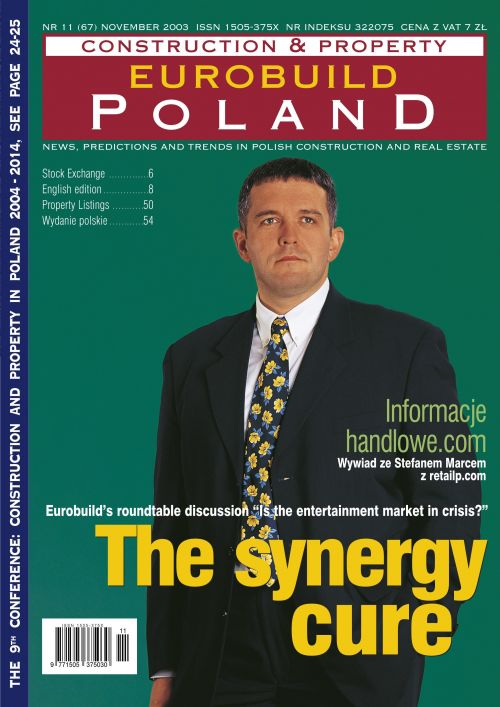"Eurobuild" invited four specialists: Alexandra Zentile- Miller, Michael Atwell, Sean Hanns and Ian Watt to talk about the condition of the leisure and entertainment market in Poland. It was over one hour of stimulating discussion which threw up a couple of surprises
A lack of variety?
Eurobuild Poland: Don't you think there is a lack of variety in the entertainment market in Poland? Most of the shopping centres only offer bowling and multiplexes. Why is that? There are other kinds of entertainment facility after all...
Michael Atwell: I think you do have other offers, but first of all we should start with what entertainment is. It's not only cinemas and bowling. You also have fitness centres and children's entertainment, for example. If you extend it further, then food and catering can also be 'entertainment'. It provides a leisure offer as well.
Ian Watt: We can probably list a lot of things which are entertainment, but whether it is unde






























































